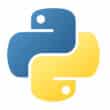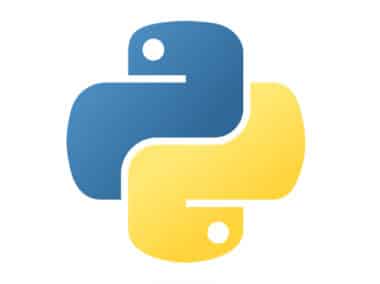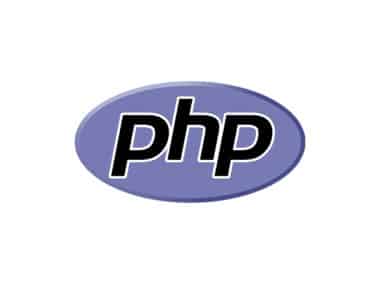Classes and objects are fundamental concepts in object-oriented programming (OOP) that allow developers to create reusable and modular code. In Python, a class is a blueprint or template for creating objects, while an object is an instance of a class.
Creating a Class
Classes are the fundamental building blocks in object-oriented programming (OOP). They provide a way to organize code into a reusable structure that can be used throughout the program. In Python, to create a class, you use the class keyword followed by the name of the class. You can then define attributes and methods within the class.
Here’s an example of how to create a class in Python:
class Car:
pass
In this example, we created a class called Car using the class keyword. The pass keyword is used as a placeholder for the class body. You can add class members such as attributes and methods within the class body.
Creating an Object
Once you have defined a class, you can create an object or instance of the class by calling the class name followed by parentheses.
Here’s an example of how to create an object in Python:
car1 = Car()
In this example, we created an object car1 of the Car class using the class name Car followed by parentheses. You can create multiple objects of the same class.
Accessing Class Members
You can access the members of a class using the dot notation.
Here’s an example of how to access the members of a class in Python:
class Car:
brand = "Toyota"
def start(self):
print("Engine started")
car1 = Car()
print(car1.brand) # Output: Toyota
car1.start() # Output: Engine started
In this example, we added two class members to the Car class: brand and start method. We then created an object car1 of the Car class and accessed its brand attribute and start method using the dot notation.
Conclusion
In summary, classes and objects are essential concepts in Python programming language that allow developers to create reusable and modular code. You can create a class using the class keyword and create objects using the class name followed by parentheses. You can access class members such as attributes and methods using the dot notation. These concepts are critical for building complex applications and programs that require flexibility and modularity.
By using classes and objects, you can organize your code into manageable and reusable components, making it easier to maintain and update. This is especially useful when working on large projects with multiple developers, where code organization and structure are crucial for success.
In Python, there are many built-in classes and modules that you can use to build your applications, from basic data types like strings and numbers to more complex modules like numpy and pandas. Once you have a good understanding of classes and objects, you can start exploring these built-in classes and modules to build more complex and powerful applications.




